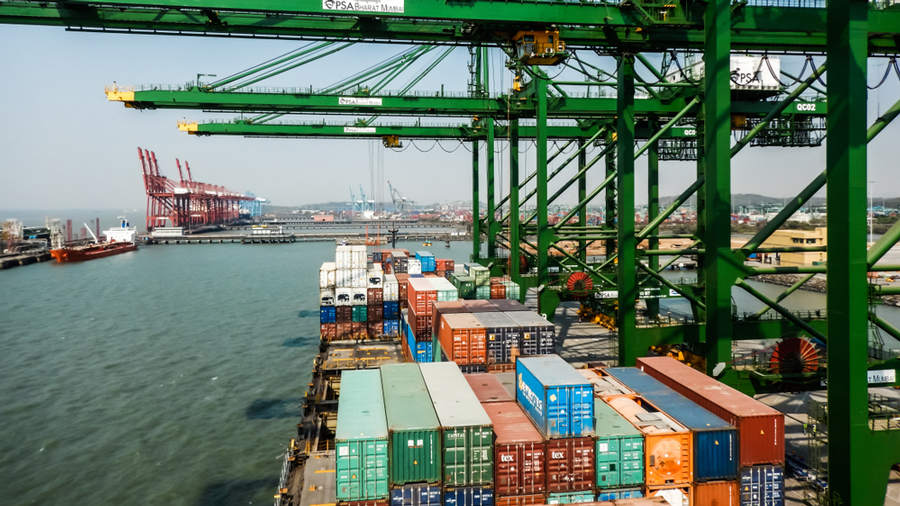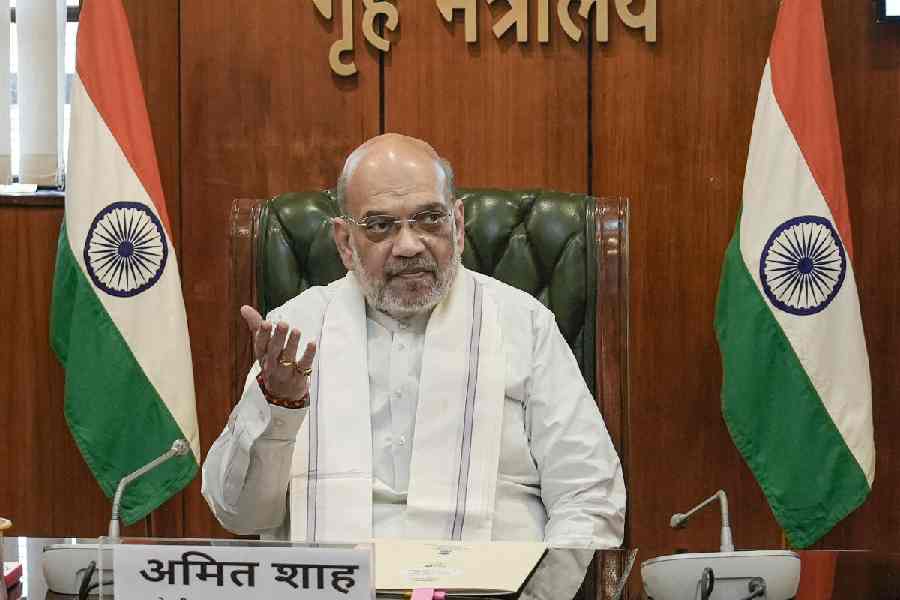Exports in September reported a 5.27 per cent growth but exporters are complaining of a rise in freight costs on account of a fall in imports from China, down almost 28 per cent till August.
Fall in shipment means lesser number of inbound containers from China, which exporters allege is being leveraged by the shipping lines to jack up rates on the grounds the containers are being used only for outward shipments.
“Shipping lines have told some exporters that for only outward traffic, freight rates will have to increase as there is less inward traffic. Further, such a large increase in freight charges is also impacting the competitiveness of exporters, apart from the non-availability of containers,” the EEPC (Engineering Export Promotion Council) India has said in its communication to the commerce ministry.
The council has approached the commerce ministry, seeking its intervention to resolve the issues and set up a regulator to deal with the “monopolistic” practices being indulged in by the shipping companies.
Imports, meanwhile, slipped 19.6 per cent to $30.31 billion in September, according to commerce ministry data.
“Exports are showing signs of revival as the gradual lifting of lockdown have further improved the business sentiments. Anti-China sentiments across the globe has also been one of the reasons for the improved performance in exports,” Sharad Kumar Saraf, president, Federation of Indian Export Organisations (Fieo) said.
Trade deficit during September narrowed down to $2.91 billion against $11.67 billion in the same period of 2019. Exports in September last year stood at $26.02 billion.
Exports during April-September this fiscal dipped 21.43 per cent to $ 125.06 billion. Imports during the period stood at $ 148.69 billion, recording a negative growth of 40.06 per cent.
While the growth in merchandise export is heartening, Aditi Nayar, principal economist, Icra said “the sharp gap in non-oil-non-gold merchandise imports on a year on year basis remains a cause for concern regarding the strength of domestic demand”.
Value of non-petroleum and non-gems and jewellery exports in September 2020 was $ 21.11 billion compared with $ 19 billion in September 2019, a positive growth of 11.12 per cent.
Commodities that reported a positive growth in exports in September include iron ore (up 109.52 per cent), rice (92.44 per cent) and , oil meals (43.9 per cent), carpet (42.89 per cent), pharmaceuticals (24.36 per cent), Meat, dairy and poultry products (19.96 per cent), Cotton yarn/fabrics/madeups, handloom products (14.82 per cent), Tobacco (11.09 per cent), Spices (10.07 per cent), petroleum products (4.17 per cent), Engineering goods (3.73 per cent), chemicals (2.87 per cent), and coffee (0.79 per cent).











